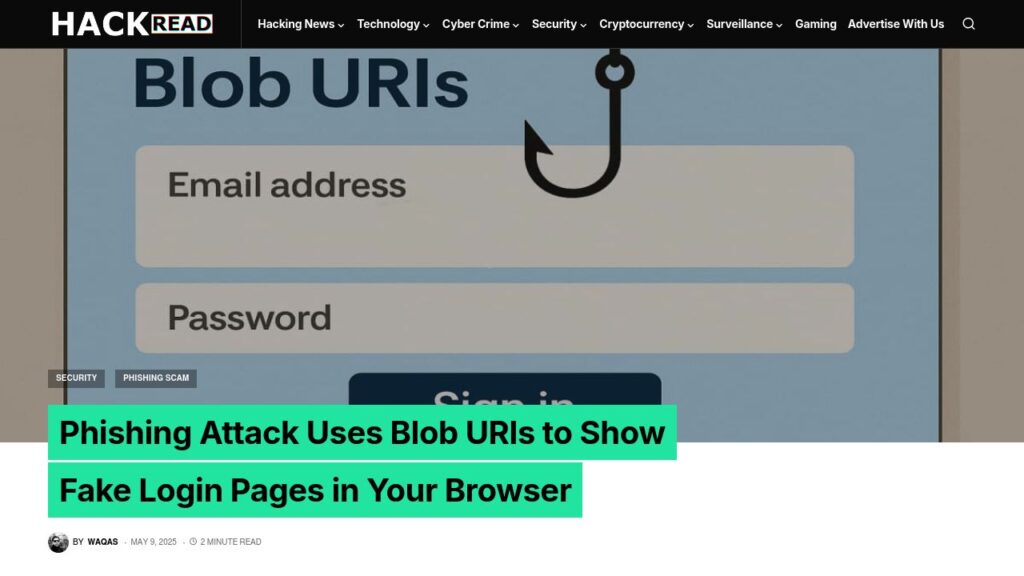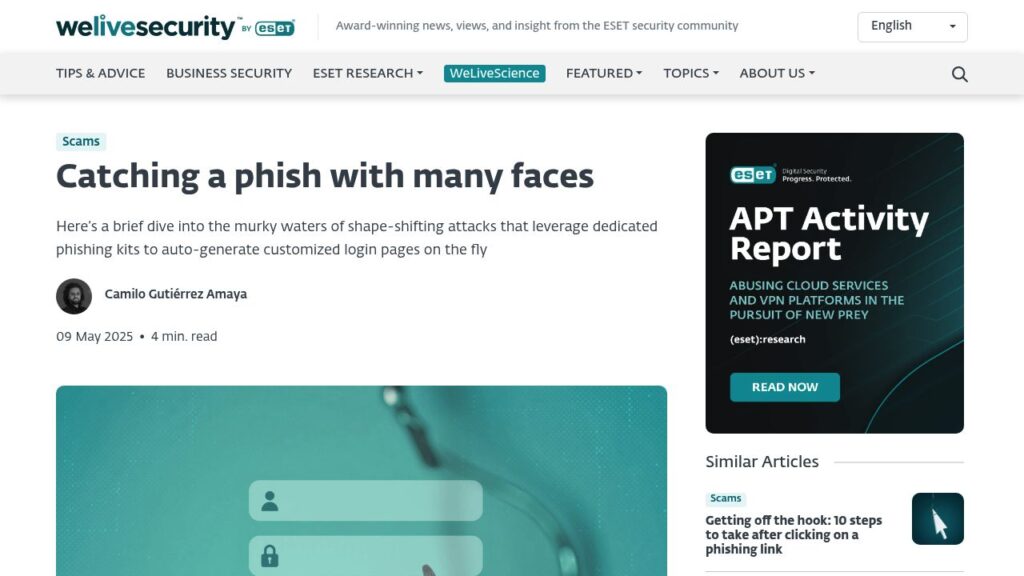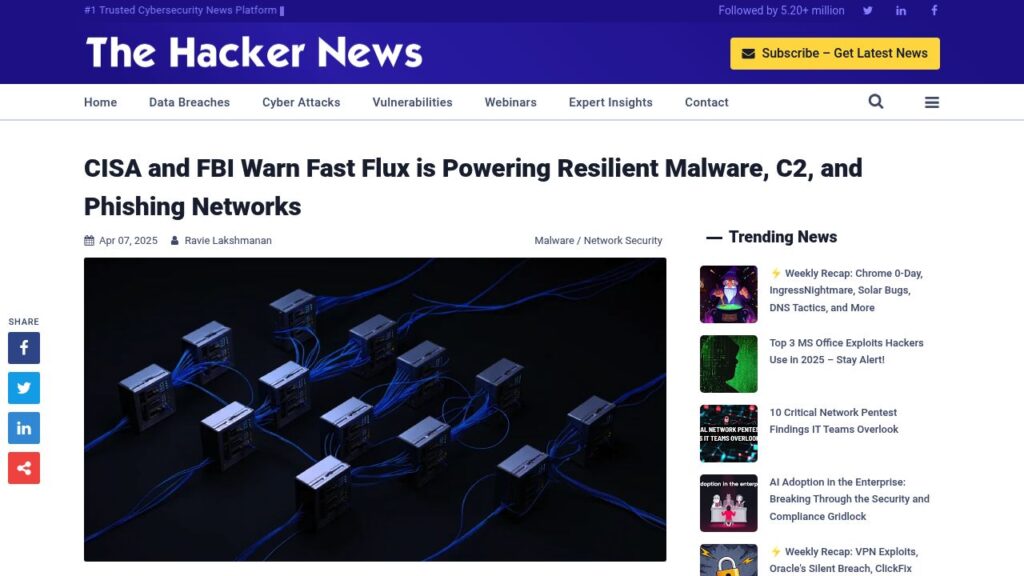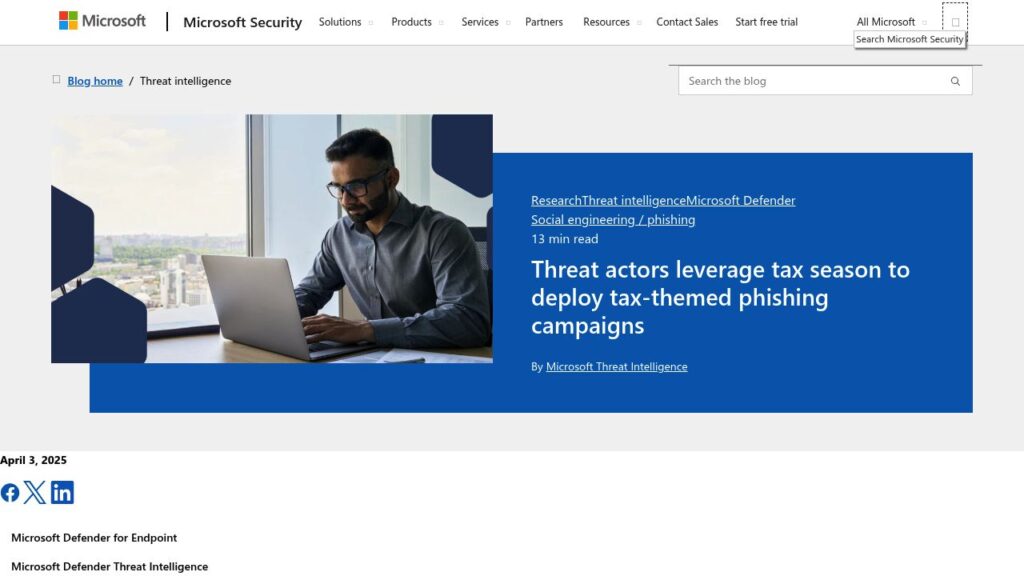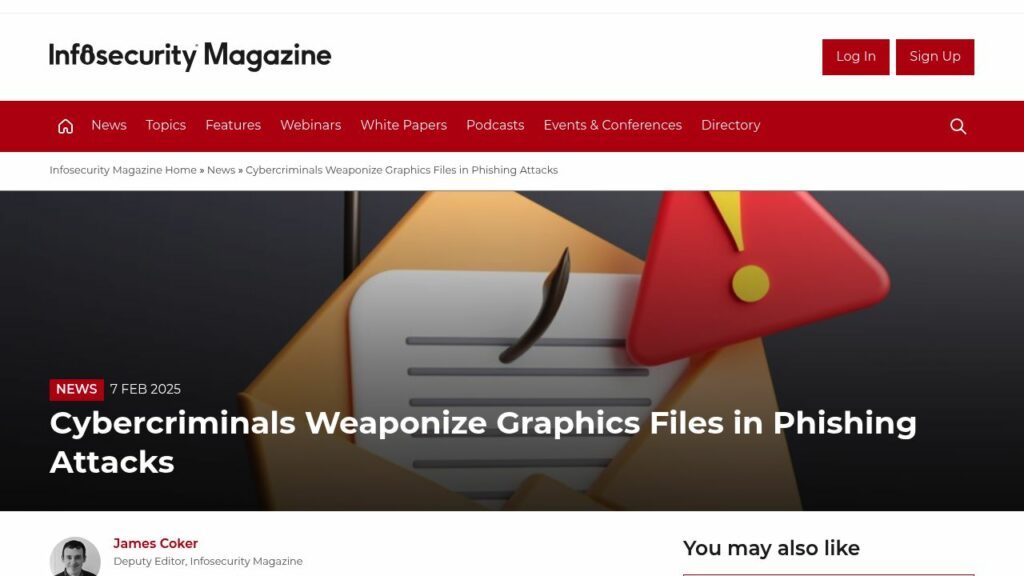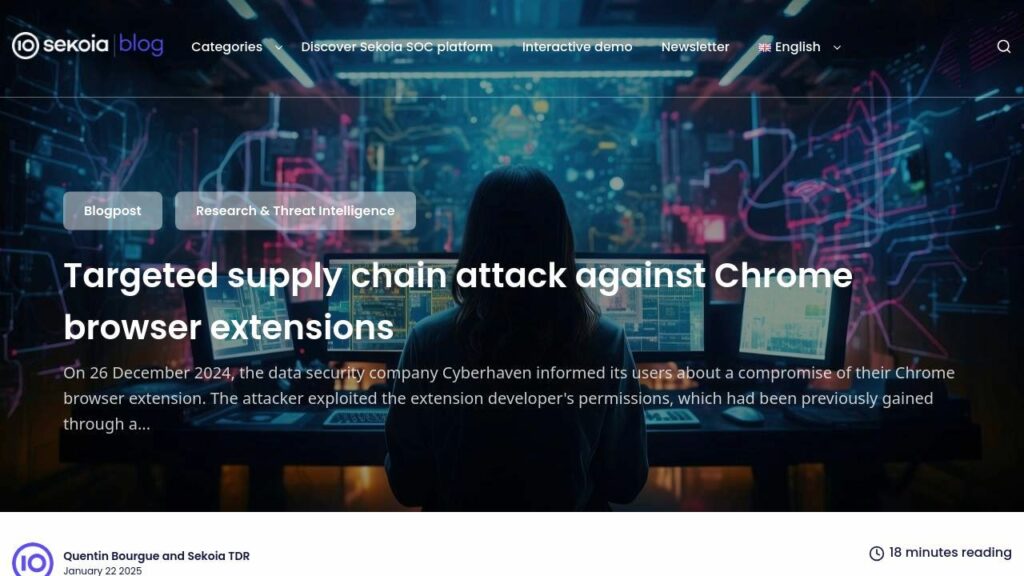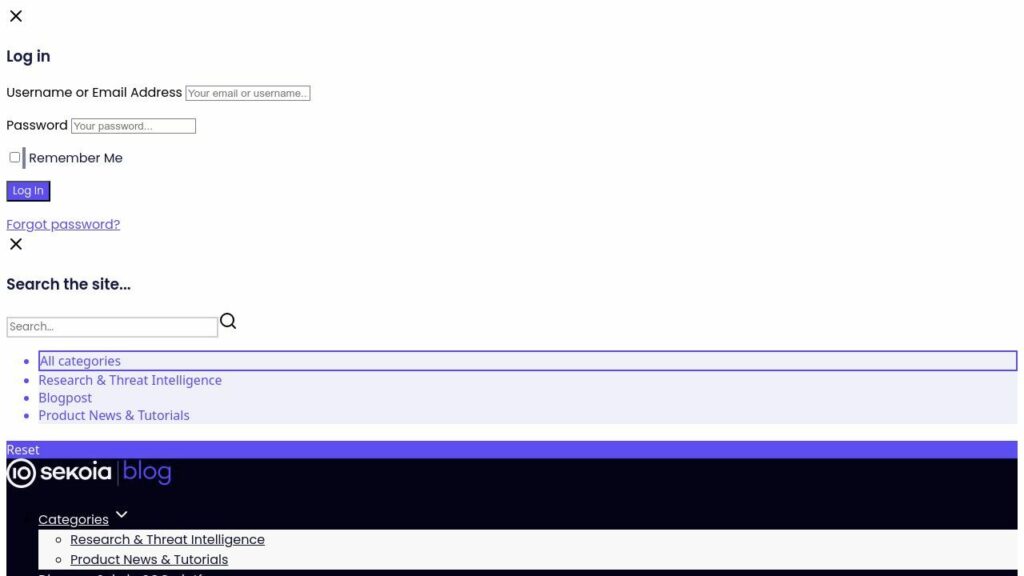Phishing Attack Uses Blob URIs to Show Fake Login Pages in Your Browser
Cofense Intelligence reports a phishing technique using blob URIs to create fake login pages in browsers, evading email security and stealing credentials. Blob URIs, which store data temporarily on local machines, make it difficult for security systems to detect malicious activity since external checks cannot see them. Attackers often redirect users from trustworthy sites to fake pages, posing a serious challenge for email security systems.
https://hackread.com/phishing-attack-blob-uri-fake-login-pages-browser/
